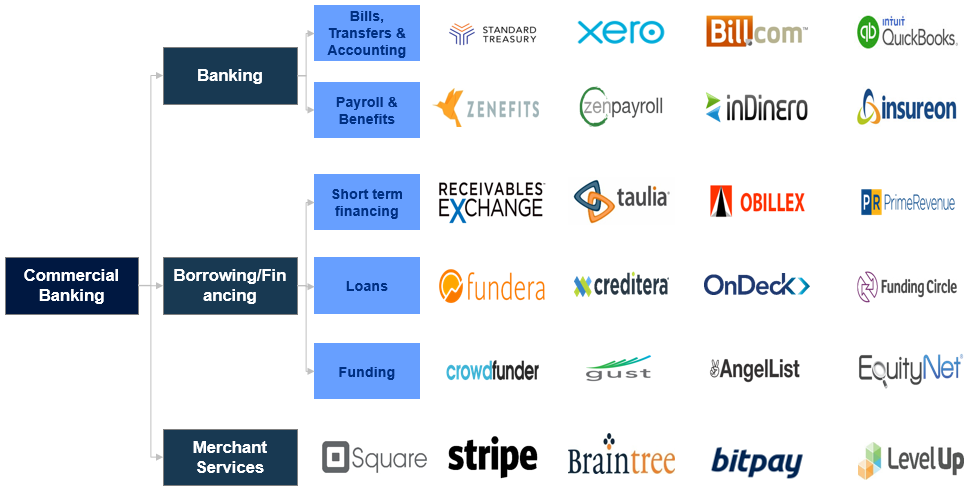Já há dias escrevi em "
Duas dúvidas de um anónimo da província" sobre as consequências da compra da Efacec nas escolhas estratégicas da empresa.
.
Referi então que a aposta em direccionar a actividade para o mercado africano parece ser uma genuína escolha estratégica legítima.
.
Não posso afirmar com segurança, ninguém pode, que será uma aposta bem sucedida. No entanto, é uma genuína escolha porque pressupõe que existe uma alternativa que se fosse verbalizada não soaria a algo estúpido ou absurdo.
.
Qualquer genuína escolha estratégica pressupõe fazer algo de muito difícil, algo doloroso mesmo.
.
Renunciar!
.
Escolher algo em consciência e com intenção estratégica, porque os recursos são escassos, implica renunciar a opções que fariam todo o sentido sob uma outra orientação estratégica. Contudo, renunciar é muito difícil. Por isso, muita gente adia uma inflexão estratégica. Por isso, muitas empresas que poderiam fazer uma transição controlando o ritmo da mesma, acabam por adiar até serem condenadas a fazer algo já sem essa capacidade de controlo.
.
Volto a encontrar nos media mais uma referência à Efacec, "
Efacec vende negócio de logística a empresa alemã". Uma empresa que foi comprada recentemente... se a operação de venda estava acertada há cerca de dois meses, de certeza que os novos donos sabiam da mesma. Será que a pressionaram? Por que é que estas duas vendas ocorrem na mesma altura e nesta sequência?
.
Muitas vezes, o que impede estas vendas é o muito humano sentimento de perda, "Endowment effect". Alguém, vendo o panorama de fora, pode propor, com independência e a objectividade possível, uma decisão que os de dentro recusam porque há muita bagagem emocional associada. Outras vezes, o que impede estas vendas é ainda mais perigoso, porque mais profundo e mais difícil de diagnosticar, a incapacidade de abandonar um modelo mental que limita os pensamentos e as opções.
.
BTW, depois desta sequência de notícias sobre vendas, li "
Grupo tailandês Minor oferece 82,5 milhões pelos Hotéis Tivoli" e pensei:







%2006.21.jpeg)












